What Types of Configurators are there and how Does Your Company Benefit from them
Types of configurators for sales and marketing
The desire for individualized products and services is increasing. It is no longer just about consumer goods, but also about capital goods. With a product configurator, also known as a configurator or variant configurator, almost any product, including services, can be conveniently configured from home. Here we present different types of product configurators.
Why a product configurator?
Before we deal with the different types of product configurators, we want to answer the following question: Why a product configurator in sales and marketing?
More and more people are doing online research before purchasing a product or service. Increasingly, the purchase decision is made online. This behavior increased sharply again during the Corona crisis and is not just limited to simple consumer goods.
The need to easily put together a product online according to one's own wishes is increasing. A well-known example is configuring a new car (car configurator). However, the configuration options go much further and can also be used for kitchens, heating systems, handicrafts, furniture and, with a high degree of probability, also for your products or services. It is not mandatory for consumers to always make the final purchase decision online. However, providers are very popular if a prospective customer can configure the desired product online in advance. With the help of product configurators, interested parties can independently get an idea of the variety of options and the pricing of the products. A visualization helps to illustrate the selected product characteristics. Marketing, service and sales benefit from the implementation of a product configurator, as the work and administration effort in these departments is reduced enormously.
A product configurator not only gives a company a decisive competitive advantage in the order acquisition process, but also in the order fulfillment process. For example, the configuration and contact data can be transferred to an ERP or CRM system and ideally used directly for production.
Types of product configurators
There are different ways to categorize product configurators. In this list we present the configurator types in connection with the product types to be configured.
Configurators for products with variants and options - PTO (Pick-to-Order)
PTO configurators are the simplest form of product configurators, which are used in many online shops. Interested parties can select variants and options for a (basic) product.
When choosing variants, for example, the color, the surface, the material and / or the size can be selected. The options can be product extensions or additions that are additionally offered. A product extension makes an existing product more attractive, for example, or it expands its functionality. The supplementary product is basically an independent product that goes well with the (basic) product.
This type of configurator gets by without or with very simple rules and dependencies. This means that, for example, corresponding options can be selected independently of the selected variant.
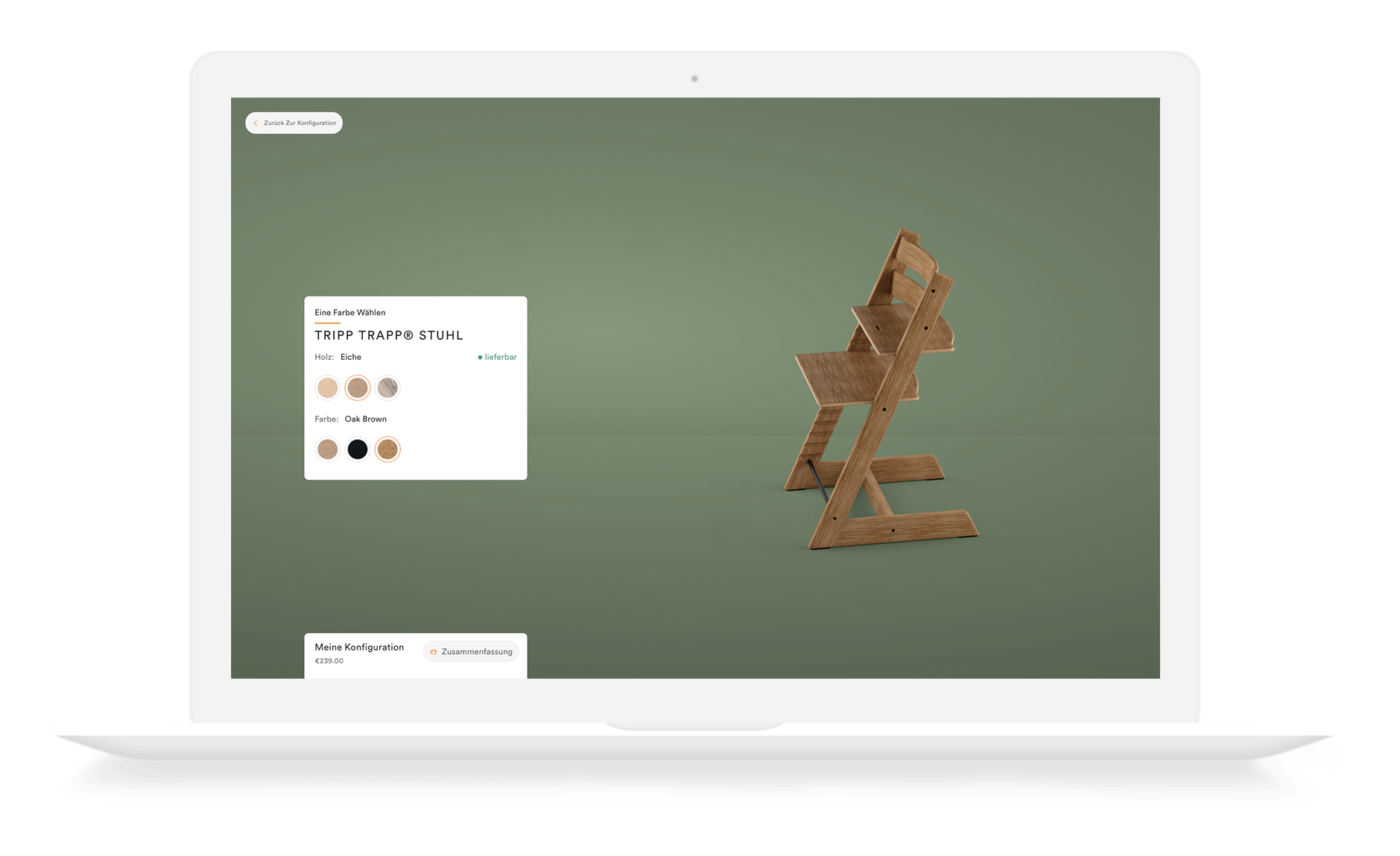
Example: Tripp Trapp® chair by Stokke
As a variant, the color resp. type of wood can be selected. An engraving (extension) can be added to the options. In addition, the chair can be supplemented with age-appropriate additional seats.
Configurators for products with variants, options and dependencies (construction kit) – ATO (Assemble-to-Order) / CTO (Configure-to-Order)
With such configurators, very extensive products can be configured. These configurators are used by sales staff, but also more and more directly by customers. The goal of such configurators is not necessarily the direct sale of a configured product. The configurators can also simply represent a first step in the purchasing process. It can be interesting for customers to receive an initial visualization of a configured product or a recommended price offer. On the company side, contacts of potential customers can be generated in this way.
With this type of configurator, a large number of variants and options can be selected. This quickly results in thousands of variations. Due to existing dependencies, a certain logic is required to map the configurations. For certain variations, options are automatically added because the configured product variant would not be functional without these options. For other variants, options are hidden because the combination cannot be implemented. In order to take these dependencies into account, so-called business rules (rules) ensure that only permitted combinations can be selected.
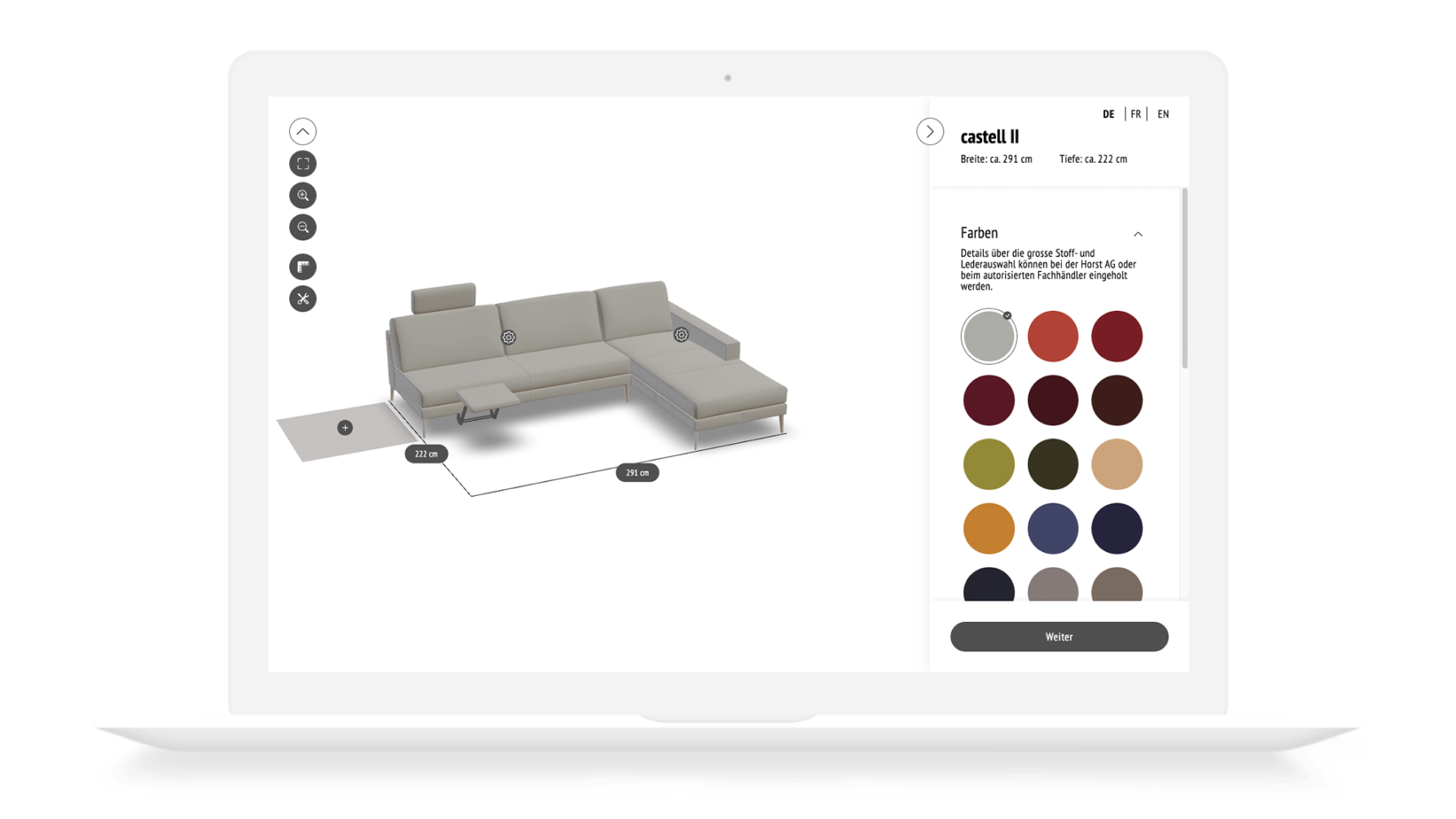
3D sofa configurator from Artanova Switzerland Horst AG
Configurators for customized products – MTO (make-to-order)
With this type of configurator, customized products can be configured. These configurators are also used by both sales staff and customers. The goal can be a visualization, price information, a contact or a confirmed customer order.
Depending on the product, more or fewer variants and options can be selected. At least one of the relevant components of the product can be customized to such an extent that it is only manufactured or created once a confirmed customer order has been received. For example, a table can be configured to suit the space available in the dining room. Extensive dependencies and restrictions can also be mapped in business rules for configurators of tailor-made products.
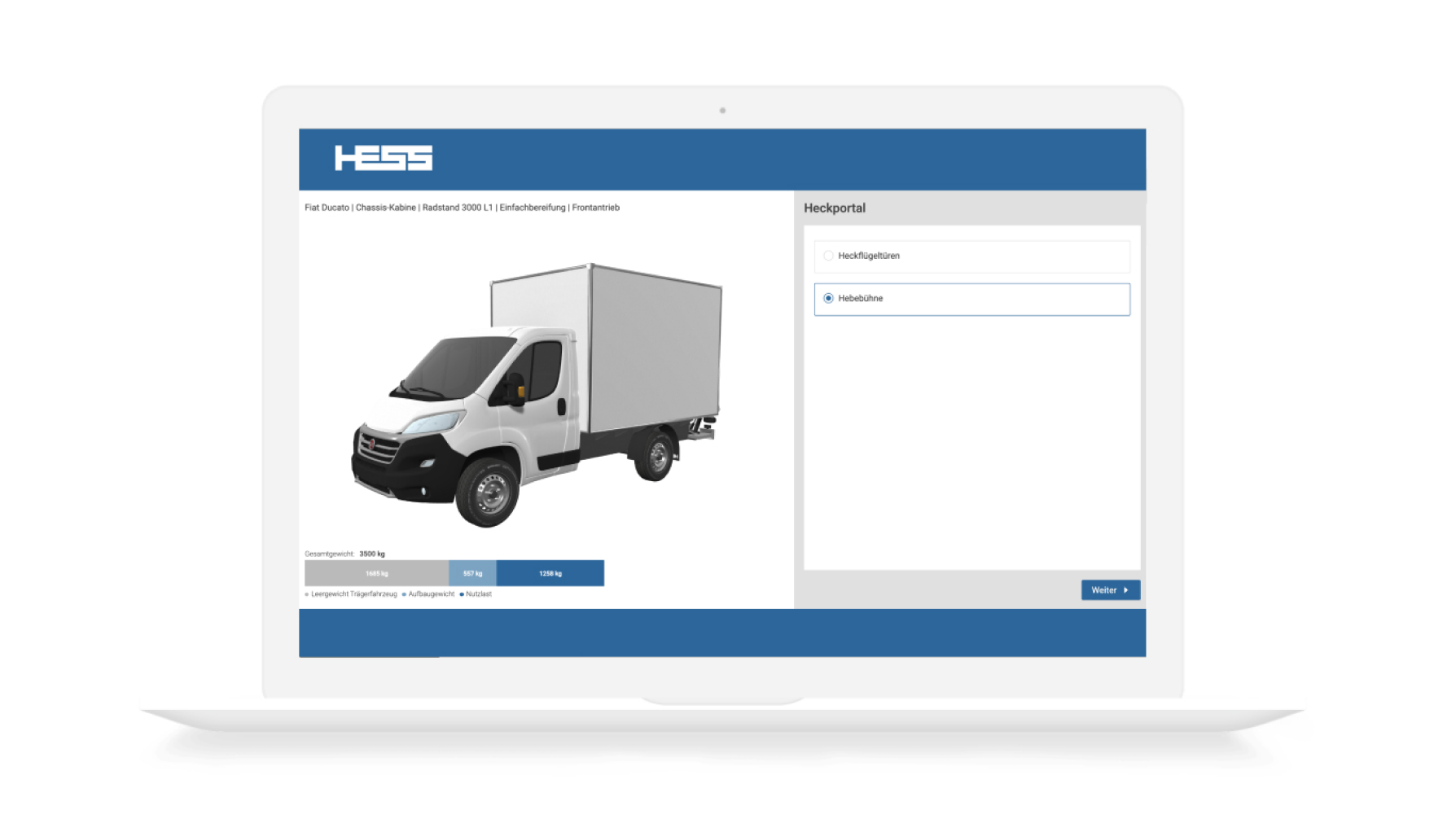
3D configurator for commercial vehicle bodies from Hess AG, Bellach
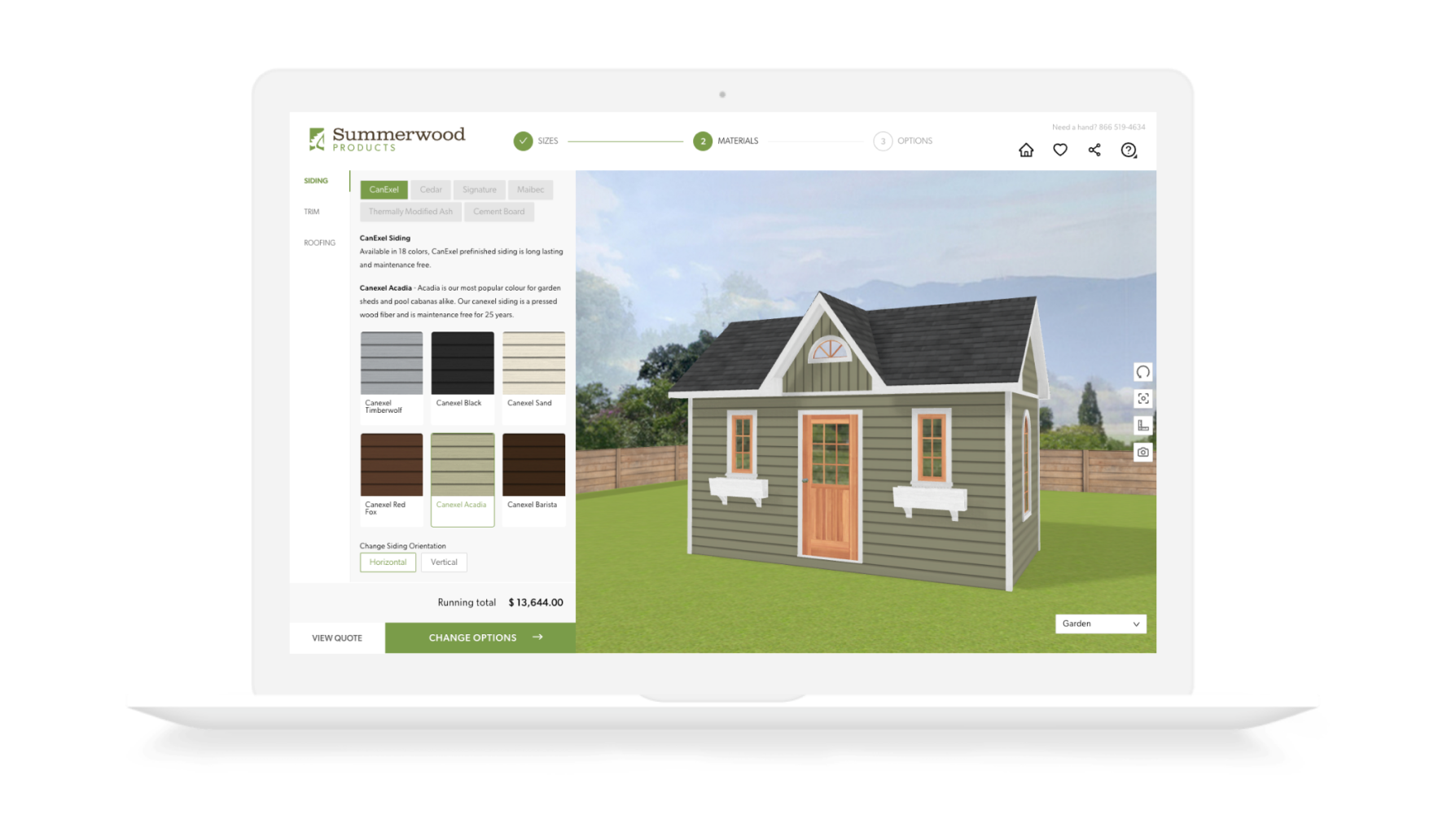
3D garden shed configurator from Summerwoods Products, Canada
Configurators for new products – ETO (Engineer-to-Order)
This type of configurator supports the development of new products or product components. The configurators are primarily used by engineers and sales staff. Various goals can be pursued: checking the feasibility, visualizing a product, calculating possible manufacturing costs or technical drawings for production.
If products are developed from scratch, a configurator with comprehensive rules and stored conditions helps, for example, to comply with technical restrictions or to automatically add components that are necessary for the product to function properly.
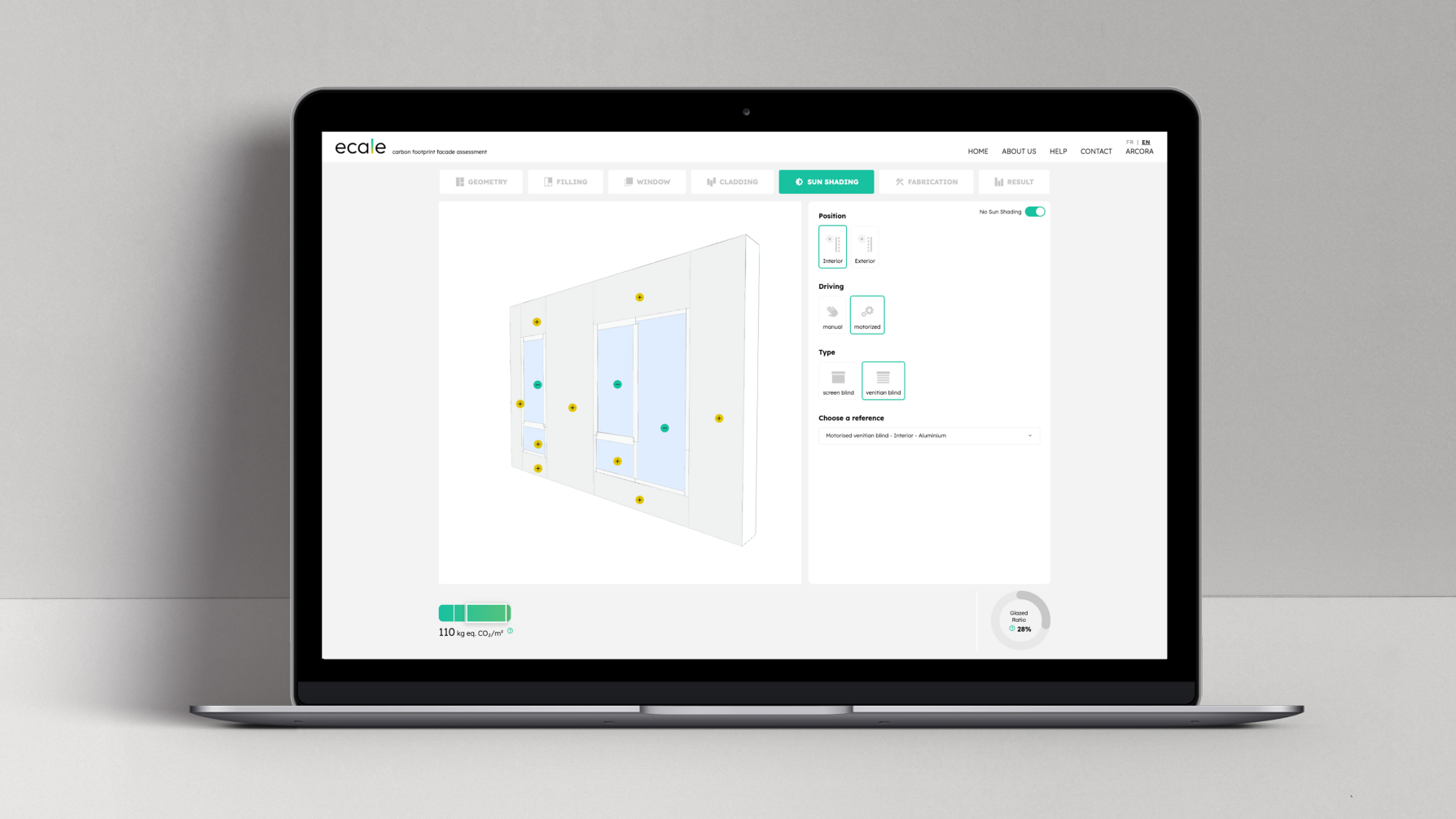
3D facade configurator by Arcora, France
Visualization of configurators
Regardless of the type of configurator, in many cases it makes sense to display a configuration visually. This can be done with the help of static images or through complex and dynamic 2D and 3D models. The visualization can play an active or passive role. In a passive role, the product's visualization only changes when specific items are added, removed, or changed in an associated menu. If the visualization plays an active role, a user can control the configuration directly via the visualization. For example, an element can be added, removed or repositioned using drag and drop.
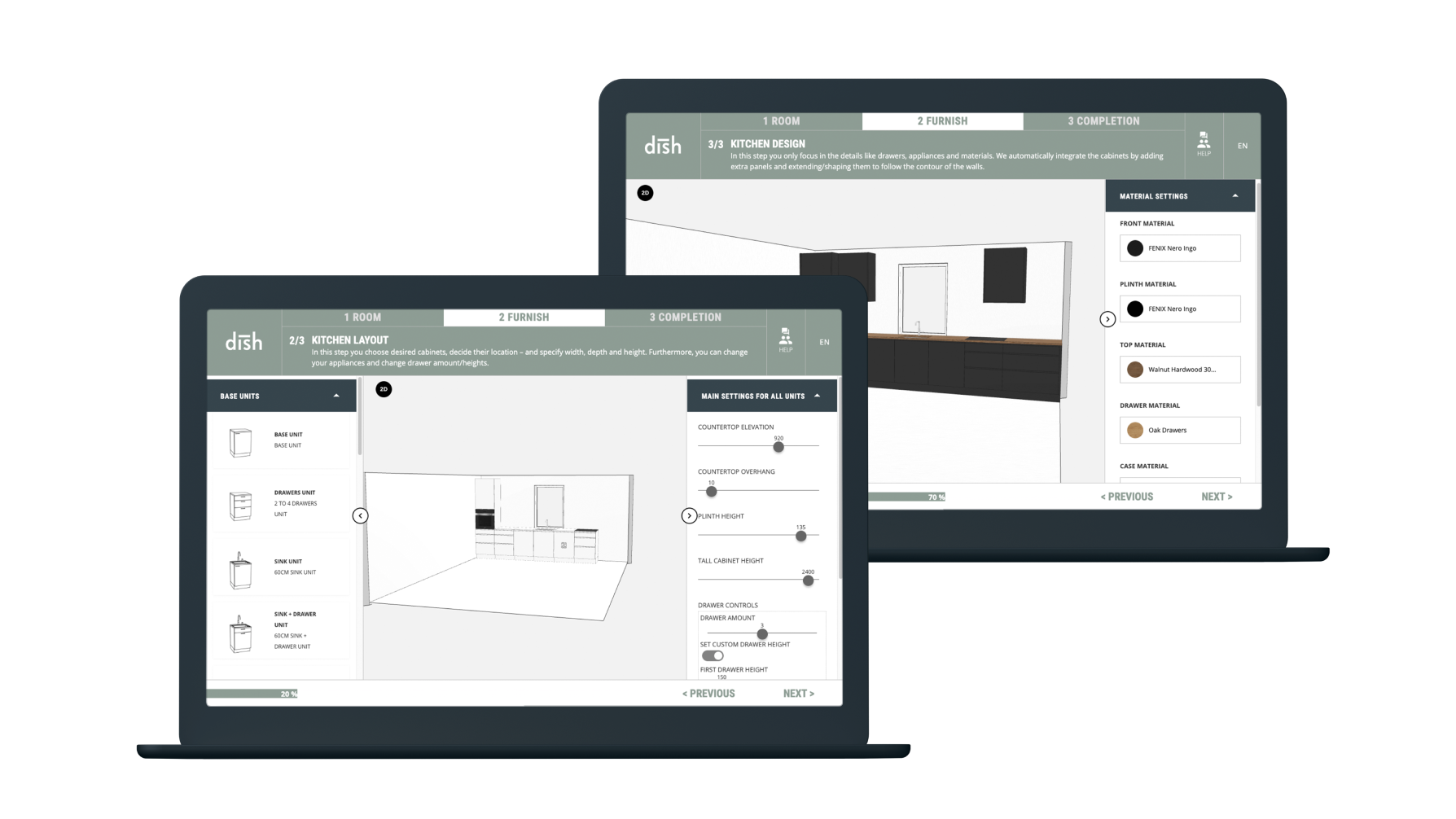
3D kitchen configurator from dish, Denmark
Conclusion
The relevance of configurators is increasing, be it in the area of services or for classic and customizable products. For industries that just a few years ago thought it impossible to market their products online, the digital sector is now an important sales channel - both in the B2C and B2B environment. Digital sales processes are no longer just for large companies, SMEs can also benefit from the use of configurators and win new customers.